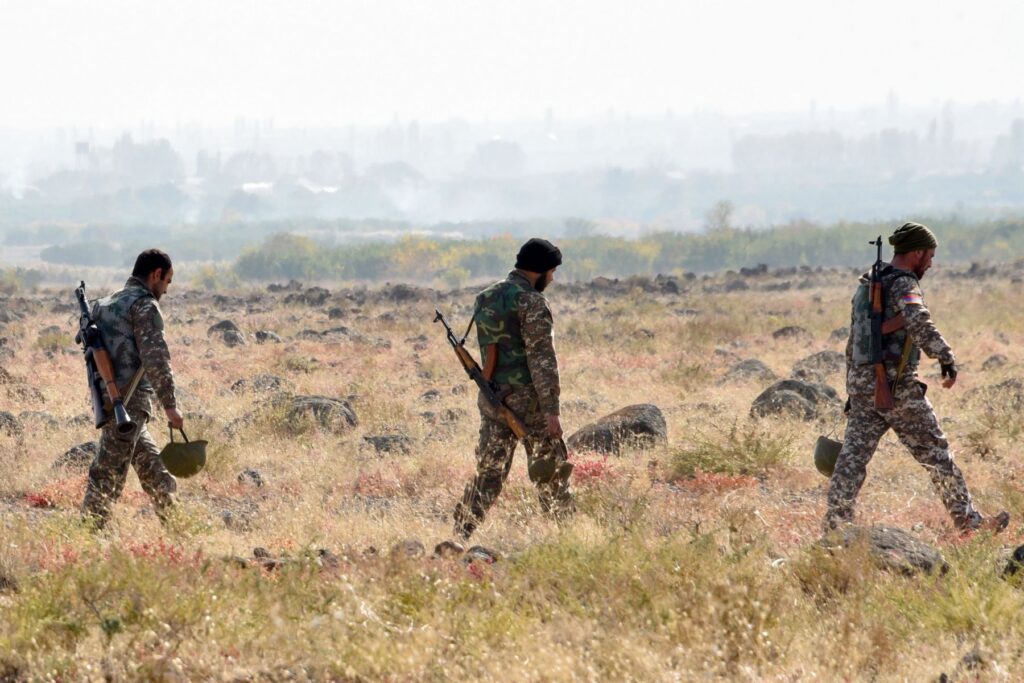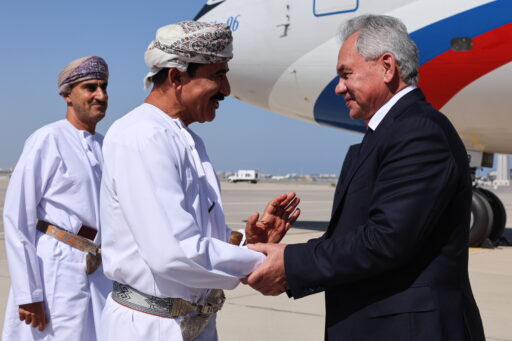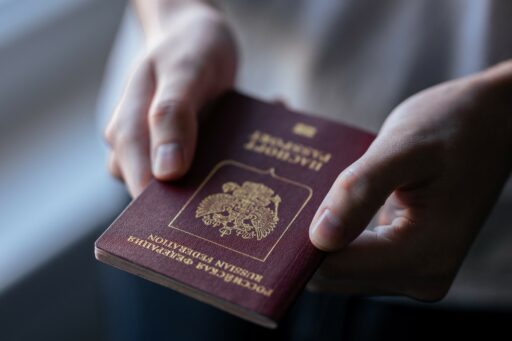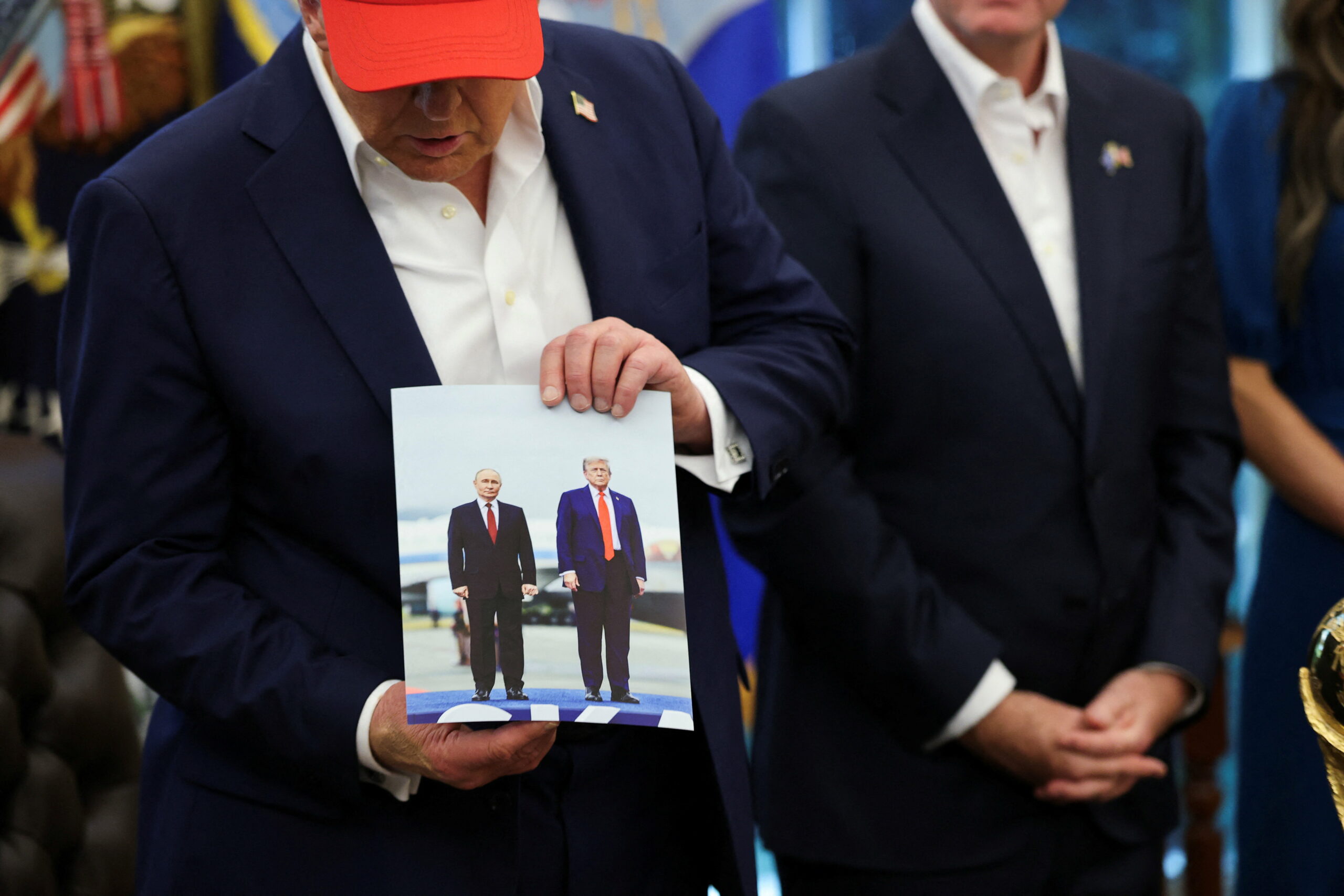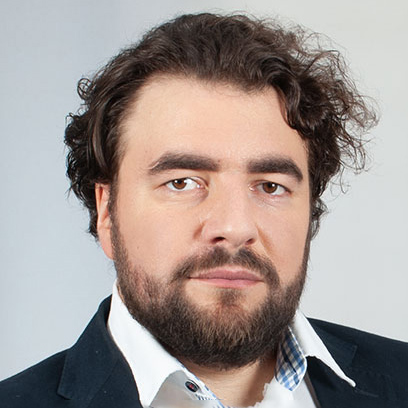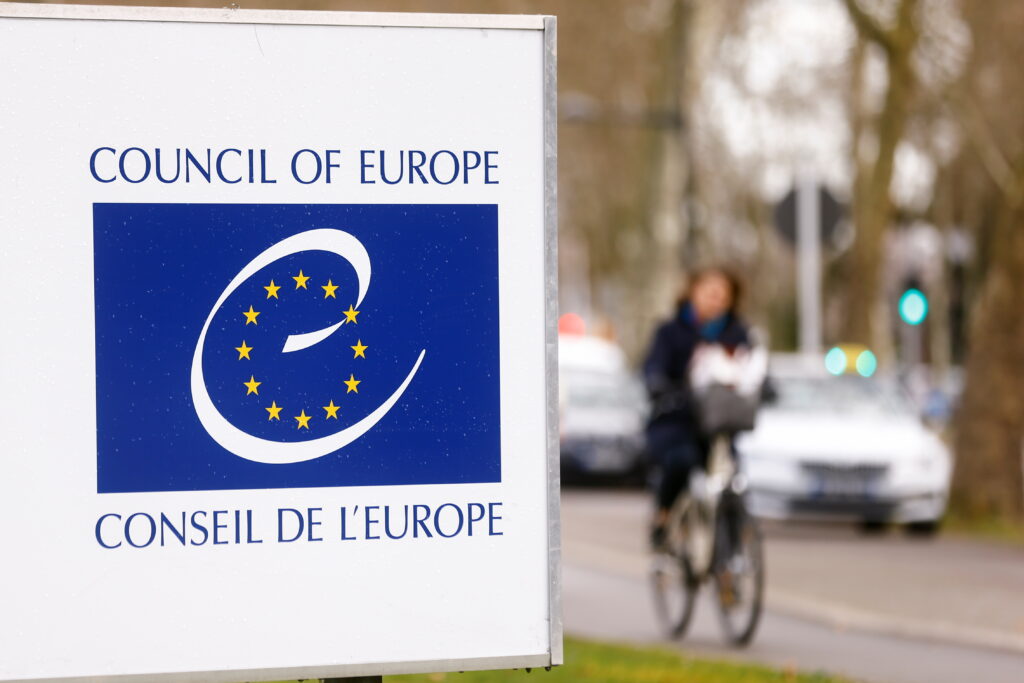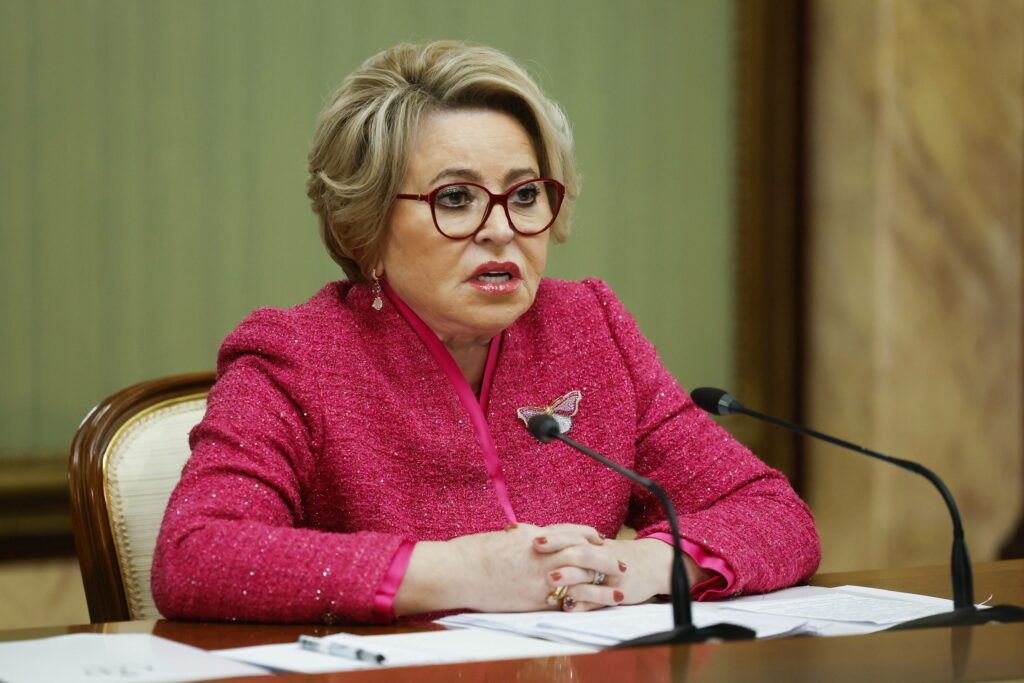Following Russia, the United States made its own overtures to end the renewed conflict in Nagorno Karabakh. Donald Trump, in his usual hyperbole, extolled his own successes as a mediator. At the same time, he directly spoke of his intention to “help people from Armenia”. Azerbaijani leader Ilham Aliyev suddenly announced that his country is ready for a long-term truce if Armenia confirms the basic principles of the conflict settlement. This may indicate that Washington found an approach to Baku. However, later Armenia expressed doubts about the sincerity of Azerbaijan. Aliyev repeated that the condition of any truce would be the readiness of the Armenian forces to leave Karabakh. Then, the new temporary truce was immediately violated; the Azerbaijanis announced the capture of another strategically important settlement.
In Baku, they do not forget that Trump may lose the upcoming elections. If this happens, then no matter what Washington threatens, it is enough for Azerbaijan to wait a little and then resume the offensive, taking advantage of the period of power transfer from Republicans to Democrats.
Is a compromise possible?
Until recently, it seemed that this was a war of annihilation. During the last month, Aliyev spoke harshly. He demanded the withdrawal of the Armenian armed formations not only from the territory of the occupied seven regions of Azerbaijan, but also from the territory of Nagorno-Karabakh. Armenian Prime Minister Nikol Pashinyan on October 21 called on Armenians to volunteer; he insisted the conflict no longer had a diplomatic solution. Yet suddenly, consultations in the United States with the participation of Trump dramatically changed the rhetoric of both leaders.
It seems that agreements on a long-term ceasefire and the status of Karabakh may be signed in the coming days. But this is most likely not the case. The new Karabakh war is radically different from the first one. Back then, it was necessary to force the parties to the conflict to peace as quickly as possible. The war had dragged on for several years, the number of refugees went to hundreds of thousands on both sides, and the number of deaths to thousands. It was practically unimportant under what conditions they stopped shooting. When the father of the current Azerbaijani president, Heydar Aliyev, seized power in Baku, there were even rumors of an agreement between the Azerbaijani and Armenian authorities to end hostilities. Later, in 1998 under domestic pressure, including from Karabakh, the first president of Armenia, Levon Ter-Petrosyan, lost power. He was accused of almost betrayal for trying to come to an agreement with his Baku counterpart.
These days, it would never occur to anyone to suggest something like that. In the 26 years that have passed since the establishment of the armistice, at least four plans for the settlement of the Karabakh conflict have been proposed. Even so, international mediators failed to find a compromise that would suit everyone. Moreover, not only the attempts of Armenia and Azerbaijan to make concessions, but also resistance to these plans have equally led to internal clashes more than once and ended with the departure of the rulers from their posts (as was the case with President Ayaz Mutalibov), and even their death (according to one of the versions this happened with the Prime Minister of Armenia Vazgen Sargsyan and the Chairman of the National Assembly Karen Demirchyan). Today’s leaders, Aliyev and Pashinyan, are well aware of this.
That said, under pressure from international mediators, the talks on resolving the conflict through negotiations are back on. What could be the basis for a new agreement?
Plan before the fight
First, you need to determine the disposition. On whose official or informal support do the parties to the conflict rely. Of the influential powers, only Turkey is on the side of Azerbaijan. Ankara is ready to support Baku with military force. According to the Armenian side, it is doing so already. At the same time, there are international mediators – Russia, the United States and France. These are the co-chairs of the Minsk Group, to whose position Aliyev refers in his speech. All the group show sympathy for Armenia rather than Azerbaijan. Azerbaijan and Turkish media directly accuse France of a pro-Armenian position. At the same time, Paris, in principle, is Turkey’s main opponent in Europe. Turkish President Recep Tayyip Erdogan, who in Yerevan is called the mastermind of a new war, even publicly allows himself to insult his French counterpart Emmanuel Macron.
Moscow is an ally of Armenia in the CSTO and has a military base on its territory. The Kremlin is more diplomatic than Trump, although the Baku media regularly accuse Russia of sympathizing with the Armenian side. At the same time, there is a suspicion that the Russian authorities are not against a limited military conflict that would force Armenia to become more obedient and accommodating both in the Karabakh settlement and in relations with Russia. Margarita Simonyan directly indicated this position in the first days of the war.
Even if all the formal mediators really would have sided with Armenia (which in reality does not happen), it is clear that during the negotiations no one would suggest Aliyev withdraw his troops behind the old dividing line. It is clear that Azerbaijan will not agree to this after its first successes. Even if Aliyev suddenly tried it, most likely, there would be popular unrest, even a change of power in his country. Then what options can the negotiators have on the table now?
From Goble to Lavrov
There are four main plans for the Karabakh settlement, although they all have several modifications. There are also two basic agreements: the Lisbon Treaty and the Madrid Principles. The first, recognizing the territorial integrity of Azerbaijan, was signed by 54 states at the 1996 OSCE meeting. Armenia, of course, did not sign it. The Madrid Principles were formulated in 2007 and are based on three provisions: non-violence, territorial integrity and self-determination. These formulations leave more room for compromise. There are also several UN resolutions demanding the liberation of the occupied territories of Azerbaijan.
As for the plans, the first and oldest is the “Goble Plan“, named after the American diplomat who proposed it back in 1994. This is a plan for the final solution of the Karabakh conflict based on the exchange of territories between Armenia and Azerbaijan. The Goble plan envisages the return by the Armenians of most of the occupied regions of Azerbaijan proper, as well as the exchange of a part of the Meghri region in the south of Armenia (adjacent to Iran) for the so-called Lachin corridor (the Lachin region of Azerbaijan, which is now under occupation, to which, according to Aliyev’s statements , now Azerbaijani troops have fought their way). As a result, Baku would receive a land connection with the city of Nakhichevan, and Yerevan – with Stepanakert. One of the variants of this plan was supposed to compensate Armenia for the loss of access to Iran by handing over to Yerevan a “corridor” to the Iranian border in the west of the Nakhichevan autonomy, an Azerbaijani exclave next to Turkey and cut off from the rest of the country. This would allow Azerbaijan to connect territories and get direct access to the Turkish border. However, many Armenian politicians spoke about the risk of losing the “corridor” to Iran and the geopolitical risk of the emergence of a “Great Turkey”. Then Armenia would be fully surrounded (Georgia, with which there is also a common border, Yerevan does not consider a reliable friendly neighbor).
The Minsk group proposed its own plans. Their basis was the phased return of the occupied territories to Azerbaijan, the possibility of bringing in OSCE peacekeepers and the postponed status of Nagorno-Karabakh, which should be decided by the Azerbaijani-Armenian commission with international mediation. In 1998, the idea of creating a confederation was also mooted. This would include Azerbaijan and Nagorno-Karabakh on equal terms. All these plans were rejected at various times.
Finally, there is also the “Lavrov plan“. Formally, no one recognized its presence. Yet it provides for the transfer of five out of seven regions to Azerbaijan without more conditions. The two would remain under Armenian control to ensure the safety of transit from Armenia to Nagorno-Karabakh. Peacekeepers (probably Russian) would be brought into the region. The determination of the final status of Nagorno-Karabakh and the return of Azerbaijani refugees would be postponed.
It is clear that Aliyev, speaking of the ceasefire, is still talking about the prior developed “principles”, i.e. on gaining control over both the occupied regions and over Nagorno-Karabakh. His public position has changed minimally. His compromise is a refusal to immediately transfer all territories under de facto control of Azerbaijan, while Armenia recognizes that Karabakh is de jure Azerbaijani territory. Of all the above plans, his desire is closest to the “Goble plan.” He is ready to coordinate his policy with Washington, if, of course, Ankara will allow it. At the same time, Pashinyan speaks of his readiness to allow Russian peacekeepers into the conflict zone, which he spoke out against earlier. By doing so, he obviously goes over to the position of the conditional “Lavrov plan” or even earlier proposals of the Minsk group.
Thus, the positions of the parties are still too contradictory. Under these conditions, it will hardly be possible to come to an agreement, even if we assume that international mediators have found leverage to force Yerevan and Baku to make mutual concessions. The bargaining will continue. And with it, most likely, the war.
